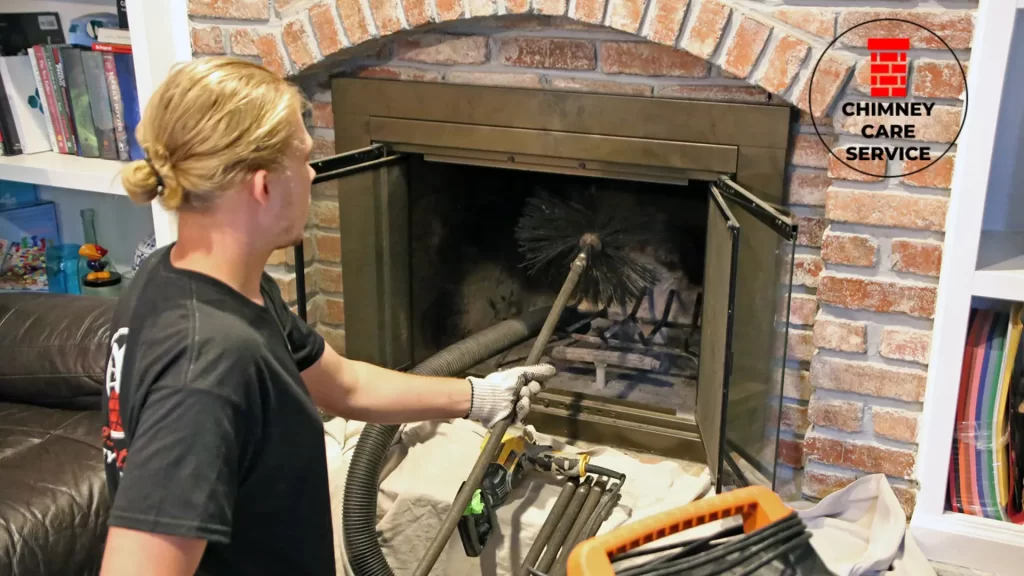Chimney cleaning is an essential task for maintaining a safe and efficient fireplace. Despite its importance, many myths surround this critical home maintenance task. In this article, we’ll debunk common misconceptions and reveal the truths about chimney cleaning.
Myth 1: Chimney Cleaning Is Only Necessary If You Use Your Fireplace Frequently
Even if you rarely use your fireplace, chimney cleaning is still crucial. Over time, creosote and soot build up inside the chimney, regardless of how often it’s used. This residue can ignite, leading to dangerous chimney fires. Additionally, animals and debris can block the chimney, creating hazards that professional cleaning can address.
Myth 2: You Can Clean Your Chimney with Household Tools
While it’s tempting to save money by cleaning your chimney yourself, household tools aren’t sufficient for a thorough job. Professional chimney sweeps have specialized equipment and training to remove creosote and debris effectively. DIY attempts can often miss critical areas, leaving behind dangerous build-ups.
Myth 3: Chimneys Only Need to Be Cleaned in the Winter
Contrary to popular belief, chimney cleaning isn’t just a winter task. Regular maintenance throughout the year ensures your chimney is ready for use whenever you need it. Scheduling cleanings during the off-season can also make it easier to book an appointment with a professional sweep.
Myth 4: Modern Fireplaces Don’t Require Chimney Cleaning
Whether you have a traditional wood-burning fireplace or a modern gas version, chimney cleaning remains essential. Gas fireplaces can produce corrosive byproducts that need to be cleaned to prevent damage and ensure safe operation. Regular inspections and cleanings help maintain the efficiency and safety of all types of fireplaces.
Myth 5: Creosote Logs Are a Substitute for Professional Cleaning
Creosote logs can help reduce some creosote buildup, but they are not a replacement for professional chimney cleaning. These logs do not remove all the creosote or clean the entire chimney. They can be part of a maintenance routine, but an annual professional cleaning is still necessary.
The Truth About Chimney Cleaning Frequency
The National Fire Protection Association recommends having chimneys, fireplaces, and vents inspected at least once a year. This annual inspection ensures that any buildup or damage is identified and addressed promptly, keeping your home safe and your fireplace functioning efficiently.
Benefits of Regular Chimney Cleaning
Regular chimney cleaning offers several benefits, including:
- Improved Safety: Removing creosote buildup and blockages reduces the risk of chimney fires and carbon monoxide poisoning.
- Increased Efficiency: A clean chimney allows for better airflow, improving the efficiency of your fireplace and reducing smoke issues.
- Extended Chimney Life: Regular maintenance prevents deterioration caused by corrosive byproducts and moisture.
- Healthier Indoor Air Quality: Clean chimneys reduce the risk of respiratory issues caused by smoke and soot.
In conclusion, understanding the facts about chimney cleaning helps ensure your home remains safe and your fireplace functions correctly. Don’t fall for common myths—schedule regular professional cleanings and inspections to keep your chimney in top condition.
Learn more about Chimney cleaning:
The Complete Guide to DIY Chimney Cleaning Safely and Effectively


